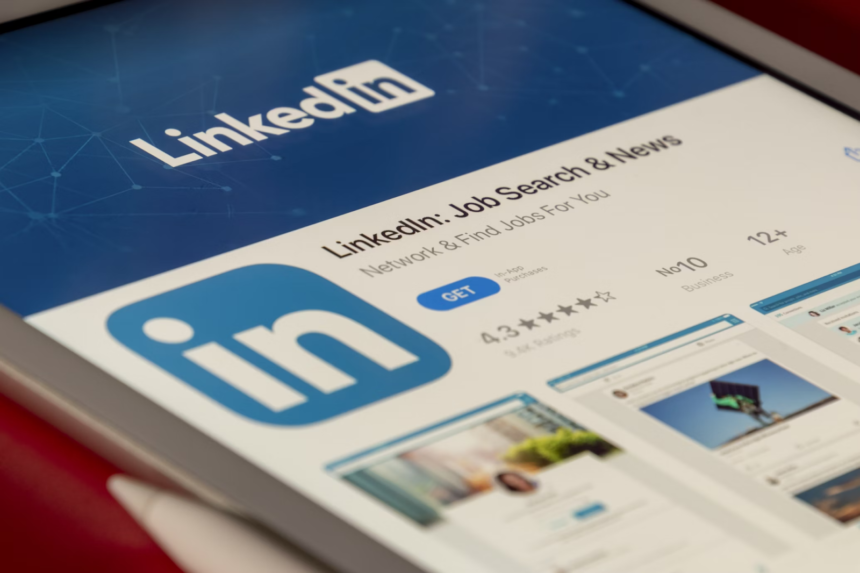LinkedIn serves as a crucial platform for both individuals and enterprises alike. This vast community underscores the platform’s indispensability for fostering connections, seeking employment opportunities, and cultivating business growth. Remarkably far-reaching, the platform sees weekly engagement from over 67 million companies and countless active job seekers.
In light of the expansive terrain, indispensable LinkedIn automation tools have surfaced as crucial companions in maximizing efficiency and engagement on the platform. These tools hold the potential to transform your interactions on LinkedIn, freeing you to concentrate on strategic pursuits while the software handles mundane functions.
Understanding LinkedIn Automation
Utilizing technological tools, LinkedIn automation minimizes time spent by performing monotonous duties on the platform such as sending connection requests, conversing with new connections, and scheduling updates. The ultimate goal of these automation tools is to boost efficiency and maximize labor output by taking charge of routine responsibilities. Although they provide notable benefits, potential drawbacks also exist.
These advantages comprise heightened outreach and efficacy, but the hazards entail the possibility of account suspension if LinkedIn’s regulations are breached. Maintaining authentic and personalized interaction is imperative in striking a harmonious balance when using these resources on the platform.
Popular LinkedIn Automation Tools
Several automation tools are popular among LinkedIn users. Some premium tools assist with lead generation and sales prospecting by offering advanced search capabilities and insights. Others are specifically designed for B2B sales teams to streamline their LinkedIn outreach, while others offer multi-channel campaign management, integrating LinkedIn with email and other social platforms.
For instance, Expandi and Linked Helper are significant players in the automation space. Expandi is known for its advanced targeting features and robust analytics, making it ideal for sophisticated marketing campaigns. Linked Helper, on the other hand, provides comprehensive automation options from connection requests to message sequences. In this context, it is crucial to compare Expandi vs Linked Helper to identify which tool aligns best with specific needs and goals. Carefully considering features, ease of use, and pricing is essential in selecting the perfect tool.
Setting Up LinkedIn Automation
Integrating automation tools with LinkedIn is relatively straightforward but requires careful setup. Begin by selecting the right tool that aligns with your objectives. After installation, configure the tool by setting parameters for connection requests, messaging, and post-scheduling. It’s important to customize the settings to reflect your personal or business brand, ensuring that automated messages are personalized and not spammy. Regularly review and adjust these settings to optimize performance and maintain a professional approach. Following best practices, such as limiting the number of daily connection requests, can help avoid triggering LinkedIn’s anti-spam measures.
Ensuring Compliance with LinkedIn Policies
LinkedIn has strict policies when it comes to using automation tools. The platform’s user agreement prohibits the use of software that automates activity, as it can lead to unnatural growth and engagement patterns. Violating these policies can result in account restrictions or bans. To ensure compliance, use automation tools conservatively.
Avoid sending too many connection requests or messages in a short period, and always prioritize genuine interactions. It’s also beneficial to stay updated with LinkedIn’s policy changes and adapt your automation strategies accordingly.
Maximizing the Effectiveness of Automation
To get the most out of LinkedIn automation tools, focus on personalization and strategic use. Personalized messages perform better than generic ones, so customize your outreach to address specific pain points or interests of your target audience. Use automation for tasks like follow-ups and content scheduling while manually handling initial connections and important communications.
In addition, automation tools can significantly aid in lead generation by identifying and reaching out to potential prospects, but integrating manual engagement ensures authenticity and builds stronger relationships. Regularly review analytics provided by these tools to track performance and make necessary adjustments.
Measuring the Success of Your Automation Efforts
Analyzing key metrics like engagement rates, connection growth, and response rates is essential in evaluating the efficacy of your LinkedIn automation. Fortunately, most automation tools are equipped with comprehensive analytics that offer valuable insights into these measurements. By studying this data, you can discern successful tactics and areas that require refinement.
Effective messaging can be indicated by high rates of accepted connection requests, whereas a lack of personalization may be inferred from lower response rates. Continually improve your LinkedIn engagement and networking outcomes by adjusting your strategy in light of these insights.
Conclusion
Professionals and businesses can benefit greatly from LinkedIn automation tools to enhance their presence on the platform. By configuring and utilizing these resources effectively, while following LinkedIn’s policies, you can automate tasks and improve efficiency.
However, it is important to maintain authenticity by balancing automated actions with genuine interactions. As you explore and implement these tools, continuously monitor your progress and adapt your strategies to maximize success on LinkedIn. With a skilled approach, automation on LinkedIn can become a valuable asset in your professional toolkit.













